

 |
 |
| When scanning, you always have the choice
of what kind of image you want to capture. For line art, you would usually
choose 1-bit mode (although there are times when it is better to scan using
8-bit mode , see section xxx). For B&W photographs, you generally would
scan using 8-bit mode. There are times, however, when you may want to scan
a photograph in Halftone (also known as Dither) mode.
|
| Scanning in 8-bit gives you the most flexibility, since you can always later output using dithered or threshold methods, if necessary. | 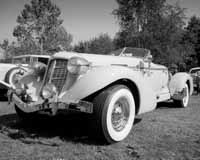 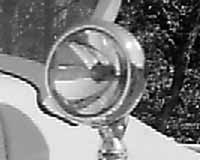 |
|
| Threshold scanning is useful when you want the unique look of a high contrast image. Many designers use this effect for backgrounds and other graphic shapes in their designs. | 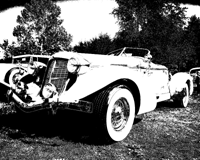 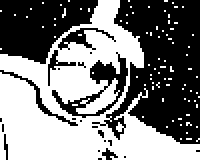 |
|
| Halftone scanning refers to a 1-bit mode where the effect of continuous tone is achieved using a dithered pattern of small black dots representing various shades of grey. The advantage is smaller file size, and in some cases, sharper-looking images. |  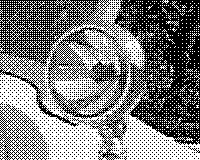 |
| Email: | comments@hsdesign.com |  |
|
| Design by: | Haywood & Sullivan | ||
| Copyright: | © 1996 Michael J. Sullivan | ||